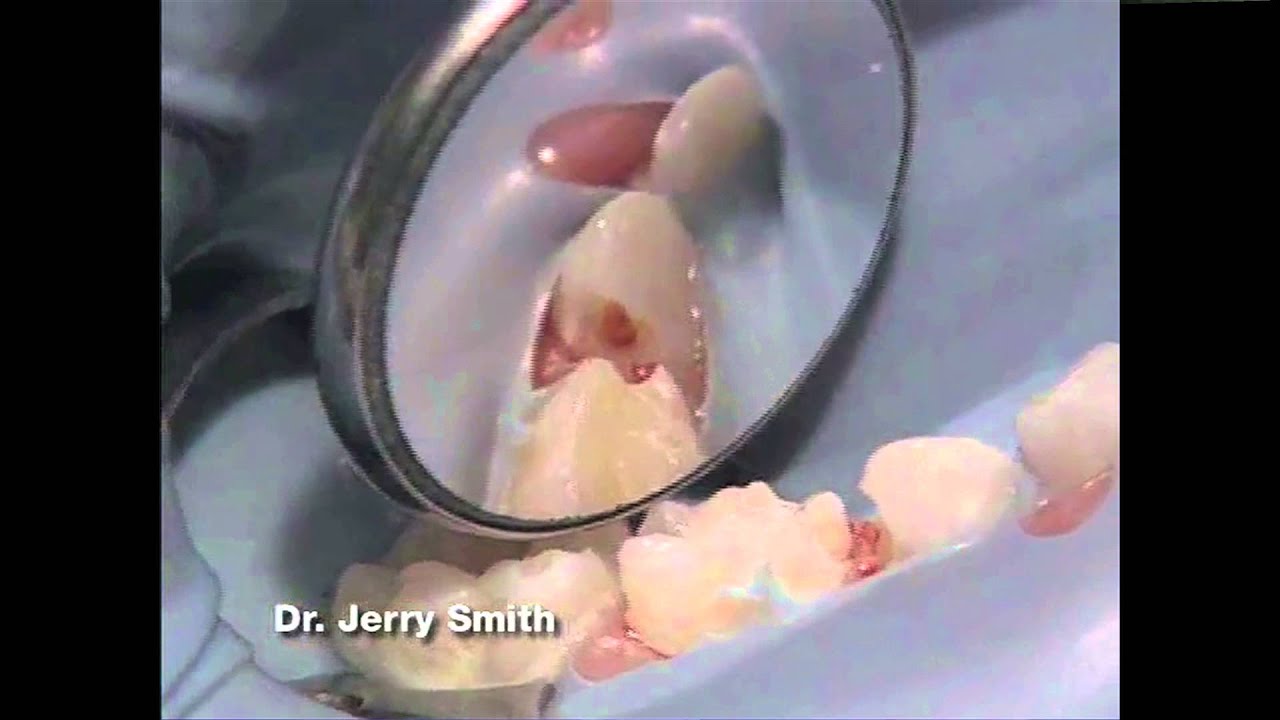What Is A Pulp Cap

Understanding the intricacies of dental anatomy is crucial for maintaining good oral health, and one often overlooked but significant component is the pulp cap. A pulp cap, in the context of dentistry, refers to a procedure or a layer of material placed over a tooth’s pulp to protect it, promote healing, and potentially save the tooth from needing more extensive treatments like root canal therapy.
Introduction to Dental Pulp
Dental pulp is the soft tissue within the root canal of a tooth. It contains nerves, blood vessels, and connective tissue, playing a vital role in tooth development and sensitivity. The pulp is encased in the dentin, a hard layer that protects it from external factors. However, when the dentin is compromised due to decay, cracks, or injury, the pulp can become exposed and vulnerable to infection.
Purpose of a Pulp Cap
The primary purpose of a pulp cap is to preserve the vitality of the dental pulp by protecting it from microbial invasion and allowing the formation of secondary dentin. This procedure is particularly beneficial in cases where a small exposure of the pulp occurs, such as during the removal of decay or the preparation of a tooth for a filling. By covering the exposed area, a pulp cap can help in:
- Reducing Infection Risk: By sealing the exposure site, the risk of bacterial invasion into the pulp chamber is minimized, thus reducing the chance of infection and the need for more complex treatments.
- Promoting Pulpal Healing: The cap provides a protective barrier that allows the pulp tissue to heal and potentially form a layer of secondary dentin, a natural barrier against infection.
- Alleviating Pain: In some cases, a pulp cap can help reduce or eliminate pain caused by pulp exposure, as it seals the area and prevents irritants from reaching the pulp.
Types of Pulp Caps
There are two primary types of pulp caps, each used in different situations based on the extent of pulp exposure and the overall condition of the tooth:
- Direct Pulp Cap: This involves placing a protective material directly onto the exposed pulp tissue. It’s often used when the pulp is exposed due to decay removal or minor injury. Materials used for direct pulp caps can include calcium hydroxide, mineral trioxide aggregate (MTA), or newer bioactive materials like calcium silicate cements.
- Indirect Pulp Cap: In this procedure, a layer of protective material is placed on top of the affected dentin, close to but not directly on the pulp. It’s typically used when the decay is deep but hasn’t exposed the pulp. The goal is to avoid exposing the pulp during the removal of decay and to protect the pulp from any potential exposure.
Considerations and Outcomes
While a pulp cap is a valuable procedure for preserving tooth vitality, its success depends on several factors, including the size of the pulp exposure, the material used for the cap, and the overall health of the tooth and surrounding tissues. In some cases, even with a pulp cap, the tooth may still require root canal treatment if the pulp becomes infected or dies. Regular follow-up appointments with a dentist are crucial to monitor the tooth’s response to the pulp cap and address any complications early.
In conclusion, a pulp cap is a conservative dental procedure aimed at preserving the health of the dental pulp, minimizing the need for more invasive treatments, and extending the life of the tooth. Its application requires careful assessment and skilled technique, underscoring the importance of professional dental care in managing and preventing oral health issues.
FAQ Section
What is the primary purpose of a pulp cap in dentistry?
+The primary purpose of a pulp cap is to protect the exposed pulp tissue, promote healing, and prevent the need for more extensive treatments like root canal therapy.
What are the different types of pulp caps used in dental procedures?
+There are two main types: direct pulp caps, which are placed directly on the exposed pulp, and indirect pulp caps, which are placed on the dentin near the pulp without direct contact.
What factors influence the success of a pulp cap procedure?
+The success of a pulp cap depends on the size of the pulp exposure, the material used, and the overall health of the tooth and surrounding tissues.